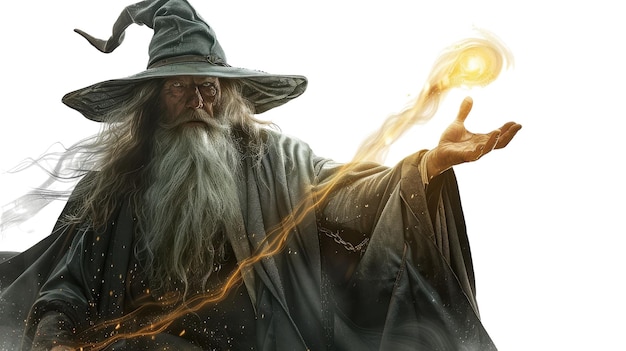
Disney’s Tangled features an all-star cast, catchy songs, and a smart plot, attracting a big audience worldwide. This fresh, adventurous spin on the classic Grimm fairy tale raked in $591,794,936 globally, making it the 87th highest-grossing film ever. So, what sets this Disney Princess and her story apart, enchanting millions around the globe? How did Disney transform this simple tale of a girl stuck in a tower into a modern, captivating adventure?
Starting with the Grimm’s version of Rapunzel as the “original” for this analysis, it’s important to note that this isn’t necessarily the true original. It’s merely a reference point to distinguish it from Disney’s version.
The story of Rapunzel, the girl locked in a tower, is believed to be inspired by the legend of Saint Barbara, who was confined by her father to avoid suitors. Historically, many women were isolated to protect them, reflecting widespread societal views. Rapunzel’s tale highlights the oppression and fear linked to this practice.
The original story also touches on parents delaying their children’s transition to adulthood. In the Grimm version, Rapunzel’s escape and eventual reunion with the prince are more a matter of luck than her own doing. She seems more a victim of fate than a master of it. Disney wisely revamped this narrative, offering a fresh take that resonated with audiences.
Significant changes start with Rapunzel herself. Unlike the submissive heroine in the Grimm’s tale, Disney’s Rapunzel is adventurous and spirited. She is not easily pushed around and learns to claim her independence, evolving into a strong female role model. This reinvention aims to inspire and empower young girls, teaching them to navigate life’s challenges and gain independence.
The character of the prince also underwent a transformation. In Tangled, the passive and somewhat dull prince is replaced by Flynn Rider, a charming rogue and thief. He, too, is trapped by the villainous Mother Gothel but shows more spunk and spirit. This change enriches his character, making him a more engaged participant in the adventure.
Disney’s reinterpretation extends to the dynamics between Rapunzel and Flynn, creating a partnership where both characters actively face obstacles. This modern take moves away from the traditional male-dominant/female-submissive romance, presenting a more balanced relationship.
The character of Mother Gothel also saw a big change. In Grimm’s tale, Rapunzel’s birth parents trade her for forbidden greens, making Mother Gothel’s demand for the child seem almost justified. She keeps Rapunzel isolated in a tower, symbolizing her effort to prevent her from maturing into womanhood. However, Disney simplifies this. Mother Gothel steals Rapunzel to exploit her magical hair, driven by vanity and a desire for eternal youth. This clear-cut villainy allows audiences to easily see Gothel as the antagonist.
Rapunzel’s rebellion is another key difference. In the Grimm’s version, Gothel’s reaction to Rapunzel’s escape plan portrays her as a mother struggling with letting her child grow up. Disney’s Gothel is more manipulative and sinister, caring only about retaining Rapunzel’s magical hair. She feeds Rapunzel doubts to break her spirit, making her a far more evil foe.
Rapunzel’s character in Disney’s adaptation also gains more depth. While she retains the beauty and singing talent from the original, her character is fleshed out with talents and an independent streak. Unlike the passive Grimm’s Rapunzel, who awaits rescue, Disney’s version takes proactive steps. She devises her escape and handles challenges with ingenuity.
Similarly, Flynn’s role is crucial. He actively contributes to Rapunzel’s growth and transformation. As they journey together, both characters evolve, influencing each other. Flynn, initially a self-serving rogue, changes through Rapunzel’s influence. The journey they share highlights their growth and deepening relationship.
The film’s climax draws parallels with the Grimm’s story. Both conclude with the heroine healing the hero, symbolizing the culmination of their journey and personal growth. Disney focuses on the adventure and development of its characters, making their evolving relationship central to the story.
In essence, Disney’s Tangled reimagines Rapunzel’s tale by emphasizing character development and a balanced partnership, offering a more relatable and inspiring version that resonates with contemporary audiences. This modern twist on the classic story underscores the journey and growth of its characters, making it a timeless and beloved narrative.

